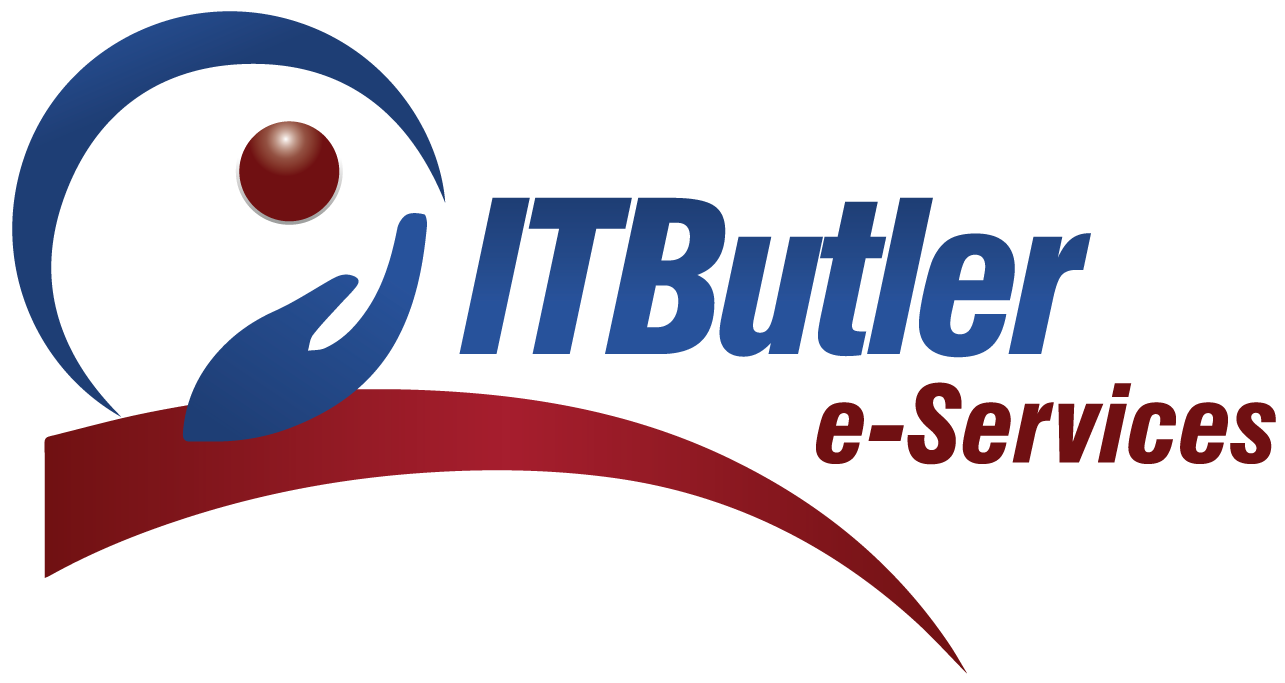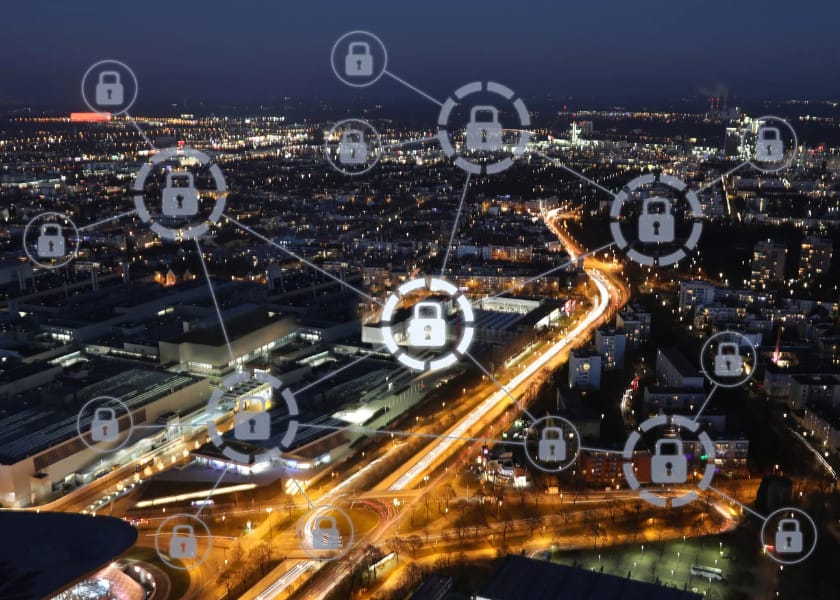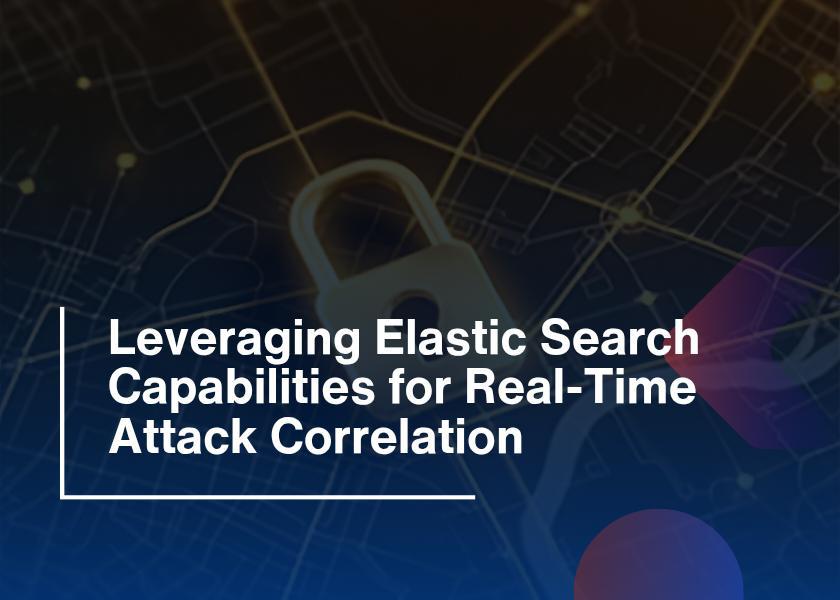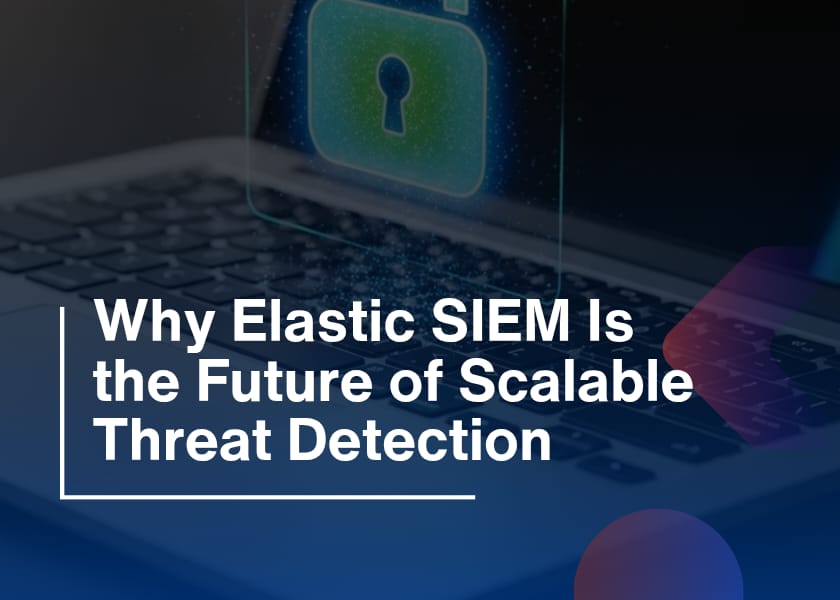In the fast-evolving digital world, SDAIA’s Vision 2030 stands as a bold roadmap, guiding Saudi Arabia toward a future built on artificial intelligence, data-driven decision-making, and secure smart cities. As Saudi Arabia transforms under Vision 2030, the Saudi Data and Artificial Intelligence Authority (SDAIA) plays a crucial role in protecting national interests, enhancing quality of life, and driving sustainable development. Not only is it leading Saudi Arabia’s AI revolution, but it is also ensuring that technological progress goes hand-in-hand with smart cities’ security.
Indeed, with increasing cyber threats and rapid urbanization, SDAIA’s dual focus on cybersecurity and smart city infrastructure is more relevant than ever. Let’s dive deeper into how SDAIA is turning this vision into a powerful reality.
What is SDAIA’s Vision 2030?
First of all, SDAIA’s Vision 2030 is not only an agenda of superior technology; It is also about enabling the people, protecting the digital environment, and creating an economy for the data. In addition, Saudi Arabia has also laid down its future vision of being among the world’s leading countries in Artificial Intelligence and smart technology by 2030. In this aspect, SDAIA has been one of the pioneers of this change, which in recent years has mainly concentrated on three major axes: data management, protection, and aspects related to the creation of smart cities.
More importantly, the activities of the SDAIA are consistent with Saudi Vision 2030, which aims to diversify the economy and increase the capacity of the government. So, in this journey, SDAIA also makes it a point to make sure that any activity in the smart domain is protected fully. After all, smart cities cannot exist if they are not secure, robust, and if people put their faith in them.
The Strategic Role of SDAIA in Smart Cities Development
Thus, the question arises: What can be meant by smart cities, and why is the SDAIA so interested in them? Smart cities are equipped with cutting-edge technologies and collect data to control, among others, transport, infrastructure, response to disasters, and waste disposal. Thus, many cities in Saudi Arabia that including NEOM, Riyadh, and Jeddah, are already implementing smart technologies to enhance infrastructure, together with the quality of services that are rendered to the citizens. Here’s where SDAIA steps in. It doesn’t just provide the technology; It helps ensure that these smart solutions are data-backed, secure, and AI-based. For instance:
- Automatic monitoring systems refer to a manner in which traffic, crowds, or, in the case of an emergency, can be kept under observation.
- They also used to predict the likelihood of requiring maintenance or even define the most suitable energy consumption.
- This means that data governance frameworks exist to put levels of protection for citizens’ privacy in place.
So, all of these are overseen or guided by SDAIA. Without its leadership, the idea of the smart city would simply turn into a high-risk project. Furthermore, because SDAIA connects and synchronizes data from city departments and agencies, information is easily shared among bureaus. It translates into a better way of dealing with crises and more effective management of daily activities.
Saudi AI Strategy
Another important element is the Saudi AI Strategy at the core of which SDAIA works: Keeping the goal of a country as a world-leading AI nation in 2030 in mind, this strategy targets the A. I research, develop, and its practical usage. However, what is ironic and I must add rather encouraging is that it’s not a simple tech campaign; it is a national agenda. Through this strategy, SDAIA supports:
- Details include: Predictive services like healthcare, which involve the use of artificial intelligence to predict and anticipate various health conditions that might affect the public. Smart policing which refers to the use of artificial intelligence to provide efficient policing services to the public.
- To ensure that the kingdom gets the latest technologies, Mohammed Abdul Latif has been working in partnership with some of the global technology companies.
- Capacity-building programs that empower Saudis to address the challenges of the forthcoming AI economy.
But as with all things in today’s world, the more digitized things become, the more likely the risks involved with them are to increase also. For this reason, the Saudi AI strategy does not neglect cybersecurity. It does not view it as a premise, but as an assumption on which it builds the arguments. The security of AI systems is as effective as the amount of protection given to the systems. The authority aims to make its artificial intelligence-based applications moral, safe, and standardised in the global market. Not only is the kingdom building smarter cities, but it is also building safer cities.
SDAIA’s Shield for the Digital Future
We cannot talk about smart cities without mentioning cybersecurity. Every sensor, every app, and every connected system is a potential entry point for hackers. This is why smart cities’ security has become one of SDAIA’s top concerns. Thanks to SDAIA, cybersecurity is not an afterthought in Saudi Arabia’s digital transformation; it is a central pillar. SDAIA works closely with national and international cybersecurity agencies to create multi-layered defense systems for smart infrastructure. Here are a few highlights of SDAIA’s cybersecurity role:
- Data Protection Policies: SDAIA enforces strict data laws that ensure privacy and safety for citizens.
- Real-time Threat Detection: Using AI, SDAIA can spot and neutralize cyber threats before they cause harm.
- Cybersecurity Innovation Centers: These hubs research new ways to protect smart cities and AI systems.
And let’s not forget the human element. SDAIA also trains cybersecurity professionals, ensuring that the kingdom has the talent needed to defend its digital borders.
Sure! Here’s the revised section where the “Real-World Examples of SDAIA in Action” subheading is replaced with a new, relevant one while maintaining flow, SEO value, and transition word usage.

Key Pillars Driving SDAIA’s Success
Rather than just focusing on innovation for the sake of it, SDAIA’s Vision 2030 is guided by strong foundational pillars. These pillars not only support smart development but also ensure that every step aligns with national values and global standards. Let’s explore what’s truly driving their success.
1. Data-Driven Decision Making
At the heart of SDAIA’s approach lies data. By collecting, analyzing, and applying vast amounts of real-time data, the authority ensures decisions are no longer based on assumptions but on hard facts. This approach increases efficiency, reduces waste, and improves service delivery across government entities.
2. AI and Automation Integration
Another major pillar is the seamless integration of AI into the public and private sectors. Whether it’s traffic control, healthcare, or logistics, automation powered by AI helps streamline processes, enhance productivity, and cut down human error, all while maintaining security.
3. Citizen-Centric Design
SDAIA’s strategies are never tech-first; they’re people-first. Every smart solution—from city planning to cybersecurity—is designed to improve quality of life. With tools like digital IDs, personalized apps, and predictive healthcare, the authority ensures that the everyday citizen benefits directly from digital transformation.
4. Ethics and Compliance
Importantly, SDAIA never ignores the ethical side of progress. The authority prioritizes transparency, data ownership, and user consent. Through clear compliance frameworks, it builds public trust while ensuring that smart city and AI initiatives don’t compromise personal privacy.
Why SDAIA’s Vision 2030 Matters to the World
Although SDAIA primarily focuses its Vision on Saudi Arabia, it creates a much broader impact. Global leaders are watching closely, and here’s why:
- Setting Global Benchmarks: SDAIA shows the world how to use AI responsibly and securely.
- Cross-border Collaboration: Through partnerships with global tech giants, Saudi Arabia is influencing international tech policy.
- Data Ethics Leadership: With its focus on data privacy and security, SDAIA is contributing to global discussions on ethical AI.
By striking a balance between innovation and protection, SDAIA is creating a model that many countries may choose to follow.
Challenges and How SDAIA is Overcoming Them
Of course, no transformation comes without challenges. SDAIA faces several obstacles, such as:
- Cyber Threats Evolving Rapidly
- Lack of AI Talent
- Balancing Privacy and Innovation
But SDAIA isn’t backing down. Here’s how it’s tackling these issues:
- Investing in Education: Top Saudi universities are launching new AI and cybersecurity degree programs.
- Policy Development: SDAIA continues to update its data and AI regulations to stay ahead of threats.
- Global Alliances: The authority collaborates with international organizations to stay informed and equipped.
Step by step, SDAIA is building a strong foundation for Vision 2030.
What the Future Holds
Looking forward, SDAIA’s impact won’t end with 2030. Today’s work marks just the beginning. As technology advances, the need for smart, secure, and ethical AI will only grow stronger.
Experts expect Saudi Arabia to become a regional hub for AI and cybersecurity, with SDAIA likely playing a larger role in global innovation networks. Whether it’s quantum computing, biometric security, or smart healthcare, SDAIA will continue to lead with vision and integrity.
Conclusion
To sum up, SDAIA’s Vision 2030 is not merely about smart gadgets or fancy cities. It’s a comprehensive, forward-thinking strategy that combines data, AI, and security to build a better Saudi Arabia. From smart cities security to cutting-edge Saudi AI strategy, SDAIA is making sure the kingdom’s digital revolution is both powerful and protected. As the world watches, Saudi Arabia, led by SDAIA, is proving that you don’t have to choose between innovation and security. You can have both, and more.






